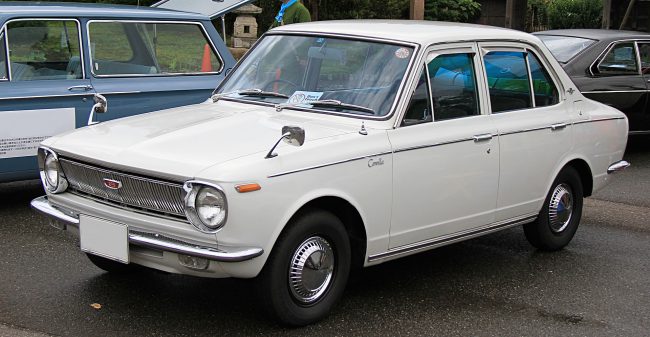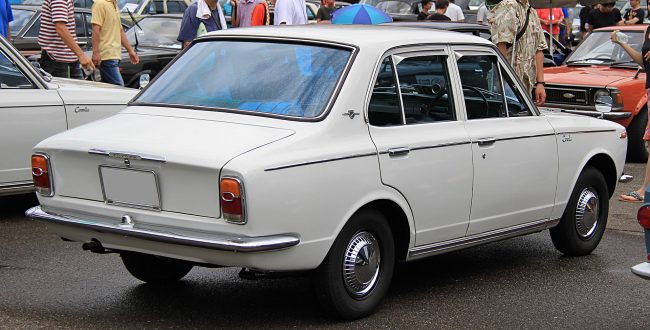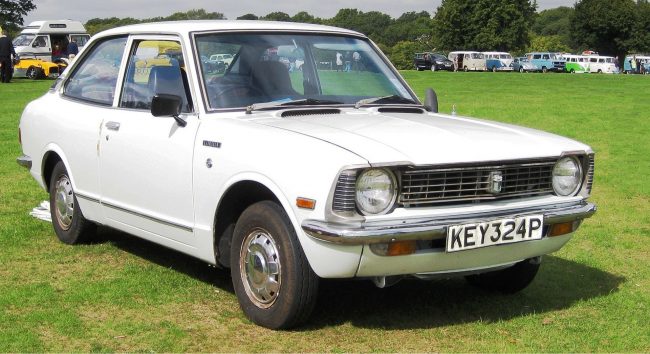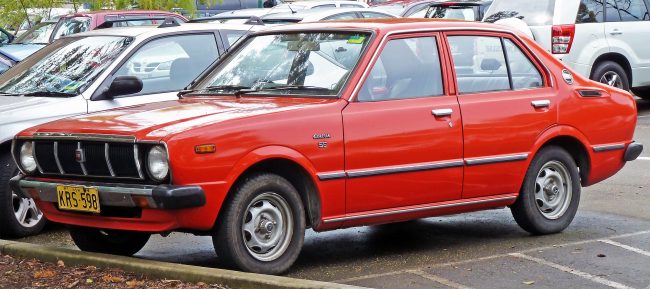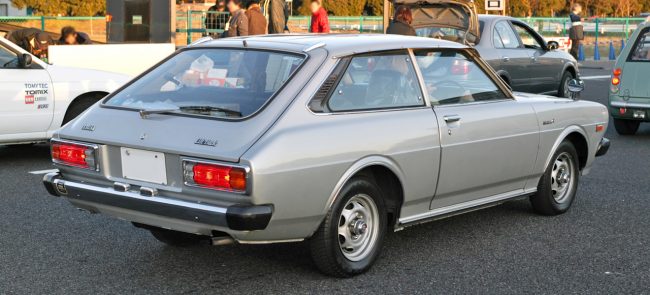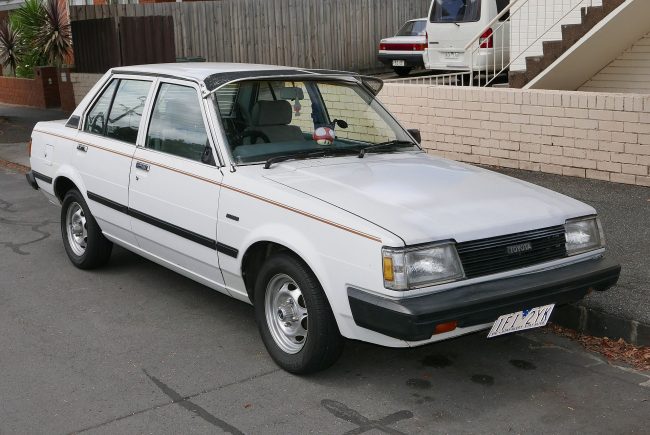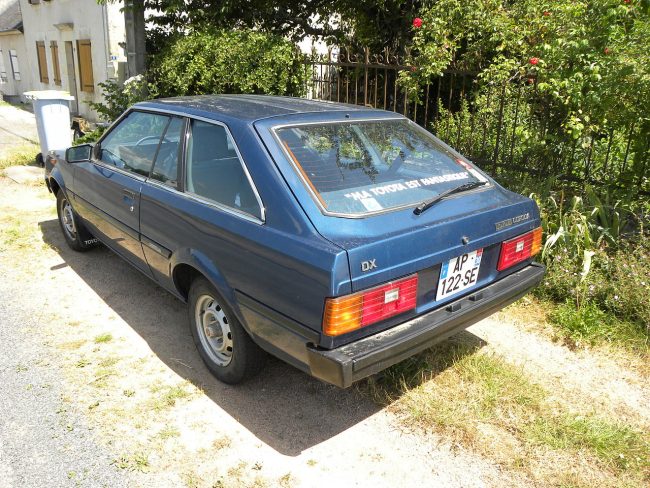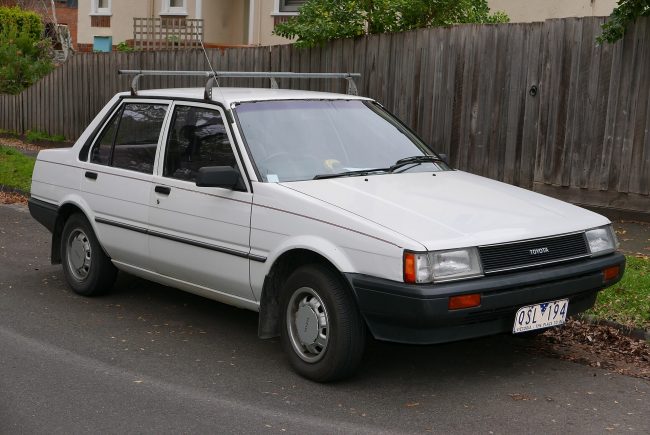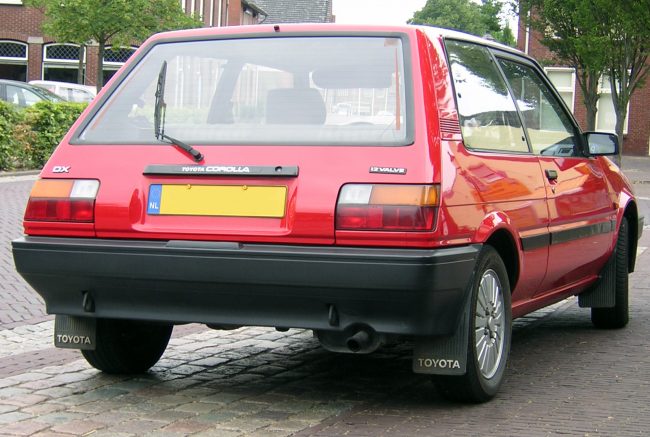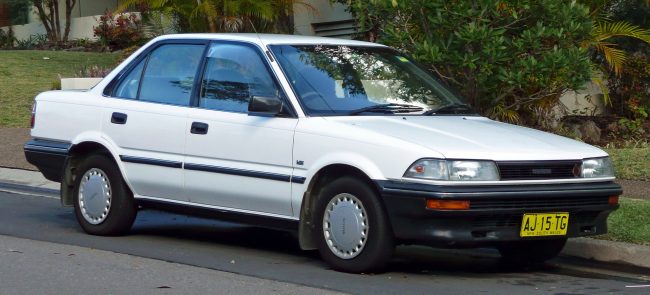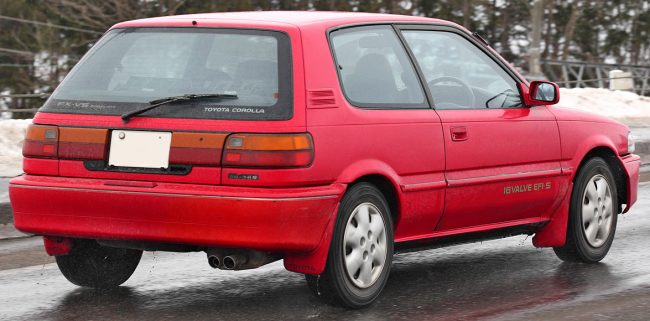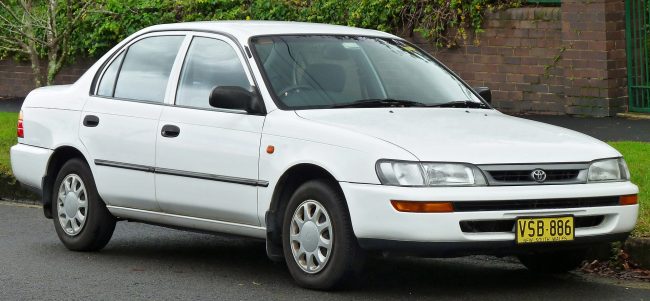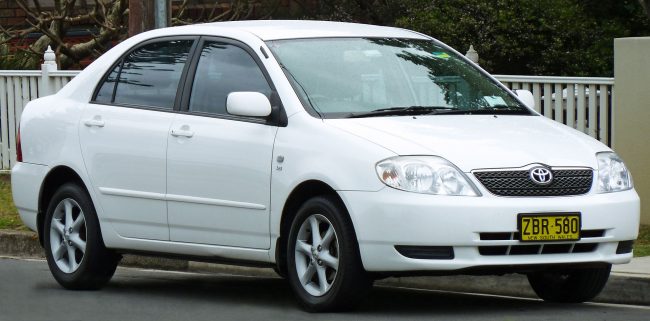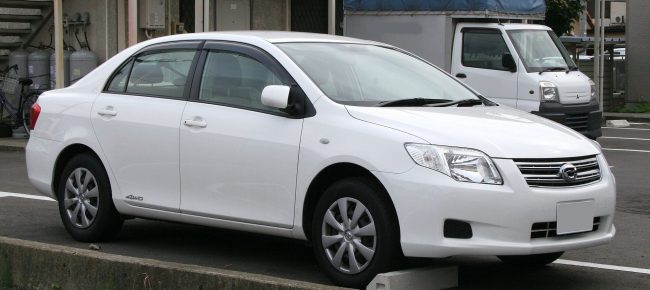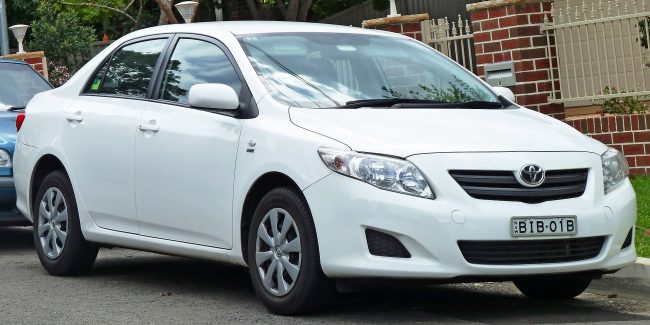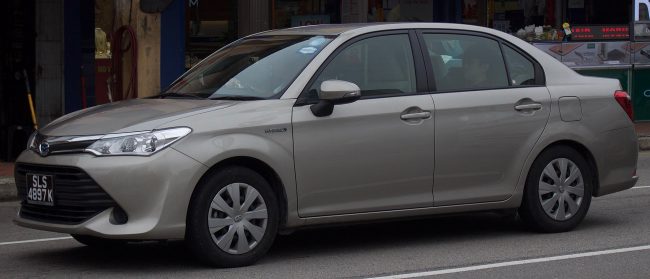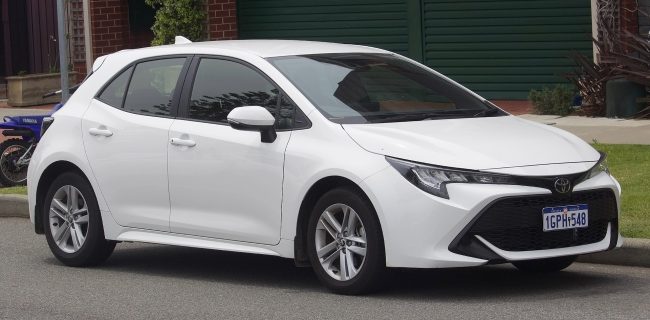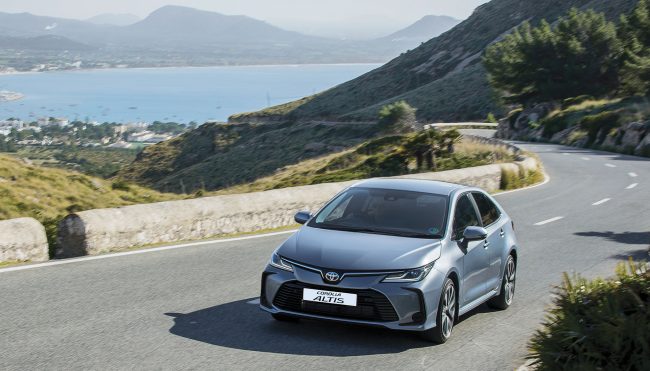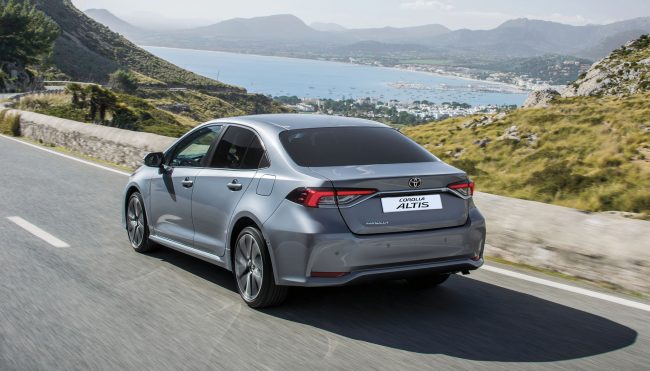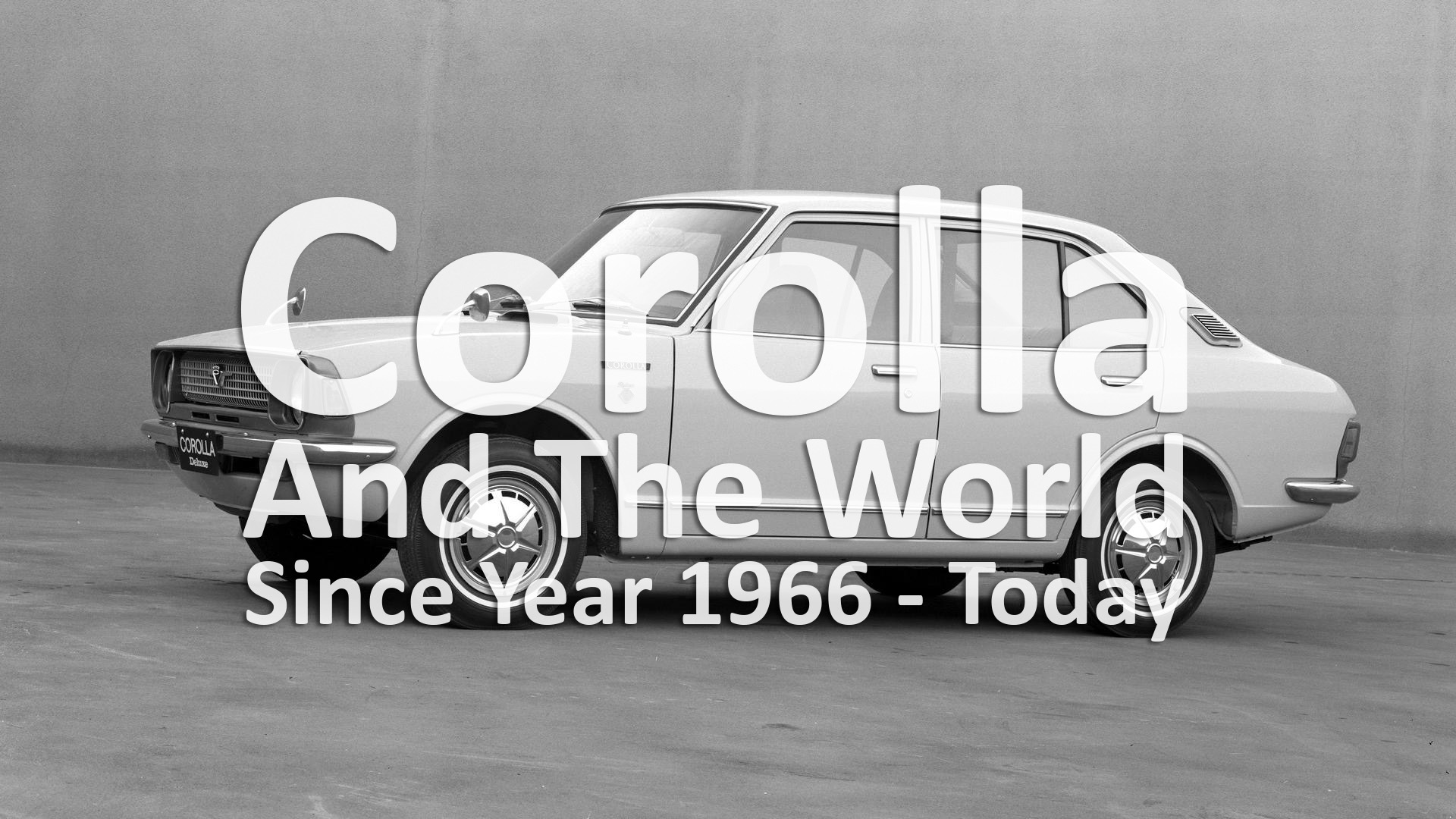
How Toyota Corolla Took Over The World
Toyota introduce a new line of subcompact and compact model marketed globally - The first toyota corolla was born.
First Generation
The Toyota Corolla was first introduced in 1966 few knew that it would go on to become one of the most successful and iconic nameplates in history. Toyota has sold over 40 million Corollas to date and in 1997, it became the best-selling model in the world. Now available as a hybrid, the 2021 Toyota Corolla offers the latest entertainment technology, safety and driver assist features, premium comfort amenities and tons of options.
There are 12 generations to date and the first generation Toyota Corolla was a two-door saloon that everyday drivers and families could be proud to own however, soon afterwards a four-door sedan and a two-door ‘van’ (station wagon) were introduced. Development of the first-generation Corolla began in the latter half of 1962 with Tasuo Hasegawa heading up the design team.
The engine line-up started with the 1.1-litre K series engine, but with more power than the initial prototypes at 59 horsepower at 6,000 rpm and 83 Nm (61 lb ft) of torque at 3,800 rpm. This engine featured several revolutionary technologies such as a high-mounted camshaft for more performance and a five-bearing crankshaft that could withstand higher engine speeds.
In the second half of the first-generation Toyota Corolla’s production run, Toyota replaced the 1.1-litre power units with a series of enhanced and expanded 1.2-litre 3k, 3K-B and 3K-D engines. The base-spec 3K power unit produced a maximum output of 67 horsepower at 6,000 rpm and 94 Nm (69 lb ft) of torque at 3,500 rpm – a small but welcome increase in power over the old 1.1-litre engine.
Safety
With Toyota’s desire to export the Corolla from the outset, Hasegawa and his team not only had to create a car that could compete specification wise, but they also had to make a car that was safe (relative for the time). The safety requirements for motor vehicles in the United States were much higher than those in Japan and as such, Toyota introduced features such as multi-point seat belts, and recessed, pull-type outside door handles during the Corolla’s production run.
The Next Generations
Tatsuo Hasegawa and his team were once again put in charge of the development of the Corolla. Compared to the previous generation, the new Toyota Corolla was larger and featured more rounded body lines. The new Coupe model was given a slightly longer front end and a shorter fastback rear end that gave it a sportier look.
The third-generation Corolla was introduced in 1974 and emphasized beating the strict new emissions standards gaining traction worldwide. The new Corolla was made wider with a quieter cabin and ergonomic interior. Even more pains were taken to make the Toyota one of the safest cars on the road.
In 1979, Toyota introduced the fourth-generation Corolla with even better fuel efficiency and a focus on understanding what consumers really wanted from their vehicle. A diesel engine was introduced for the first time in 1982 that offered even better fuel economy and started better in cold weather. New suspension, a more aerodynamic body and a complete makeover of the interior were also trademarks of the fourth-generation Corolla. The Toyota Corolla became the best-selling car in the world at 4.73 million units*, with Toyota producing an unprecedented 10 million units since its inception.
The New Generations
In 1983, it was time for the fifth-generation Toyota, now available with front-wheel drive. For the first time, the Corolla was designed with the aid of computer technology and the exterior completely redesigned. New transmission options were introduced, including a new four-speed automatic transmission in addition to the four- or five-speed manual. Once again, the Corolla became a best-seller.
The sixth-generation Toyota Corolla debuted in 1987 with more engine options than ever, from a 1.3-liter 2E to the 1.8-liter 1C engine. Rear-wheel drive was discontinued, marking the first time the Toyota Corolla was available only with front-wheel drive. The seventh-generation launched in 1992 and was larger, faster and safer.
By 1995 when the eighth-generation Corolla rolled out, Toyota began designing different models for different markets, further improving sales. North America only got the Corolla sedan, while Japan and Europe had more options with the Corolla sedan, hatchback, liftback and five-door estate. The new Toyota Corolla was lighter, more powerful and more fuel efficient. In 1997, the Toyota Corolla became the best-selling nameplate of all time*, with 23.5 million sold, beating out even the VW Beetle.
In 2000, Toyota redesigned the Corolla yet again, aiming for the younger, more stylish market. The interior became more premium, handling improved, and fuel economy continued on its upward trajectory. In 2006, Toyota changed the Corolla nameplate to Auris in Europe and Japan, continuing with the tenth-generation Corolla in the U.S. The eleventh-generation Corolla debuted in 2012, and some Corolla-Auris markets got a new hybrid option.
In 2018, Toyota dropped the Auris name and returned to calling it a Corolla worldwide. The current, twelfth-generation Toyota Corolla is now available as a sedan, hatchback or hybrid sedan in the U.S.
The Toyota Corolla Today
The Toyota Corolla has evolved into a stylish vehicle with all the modern amenities: state-of-the-art technology and safety features, premium interior materials and amenities, with endless customization options. Still a leader in fuel efficiency and affordability, the 2021 Toyota Corolla and Toyota Corolla Hybrid now pump out up to 169-horsepower, get up to 53 mpg** and are as popular as ever.


